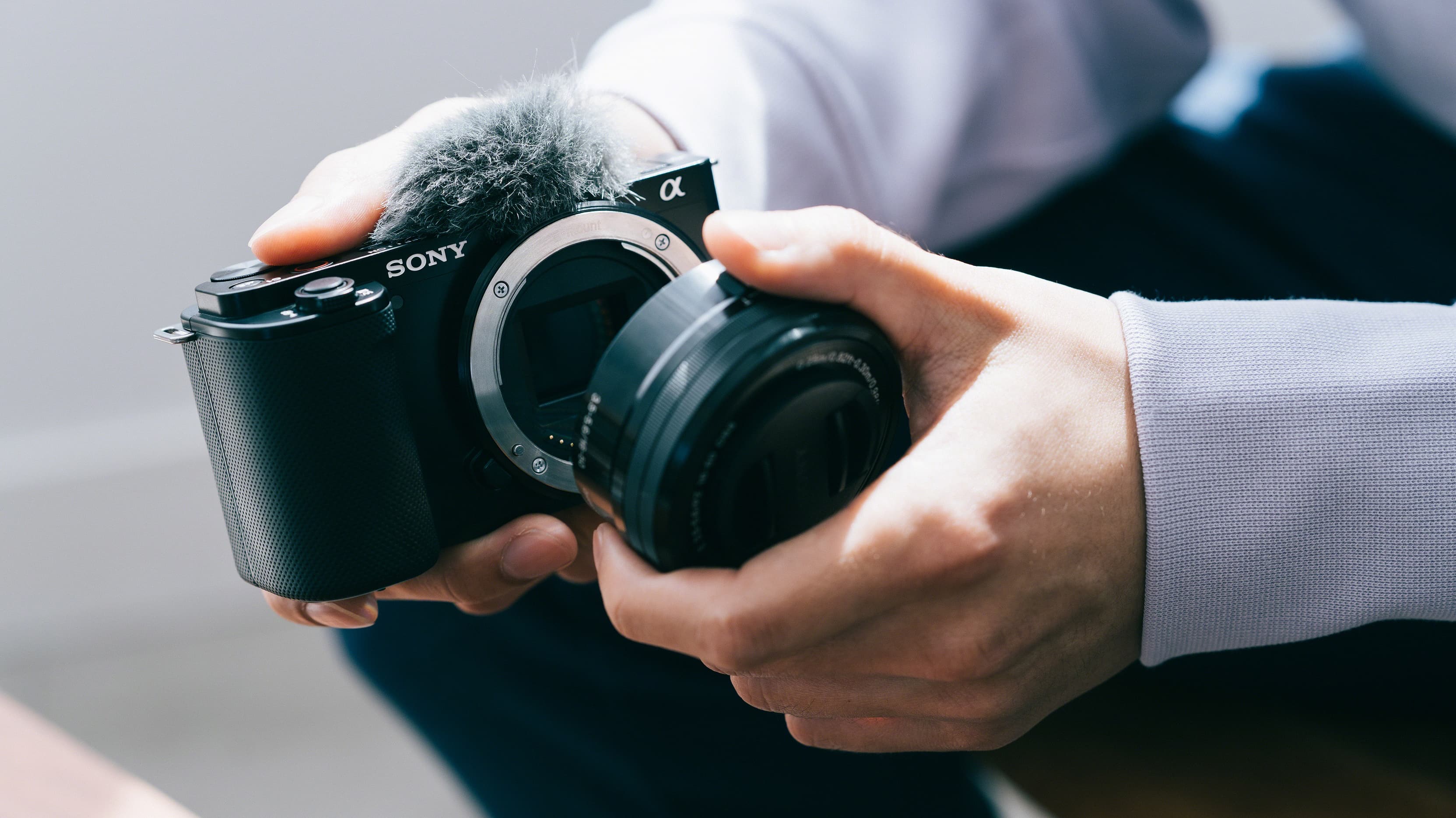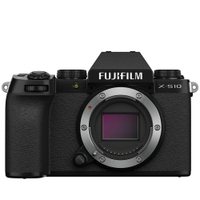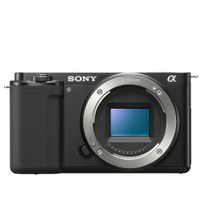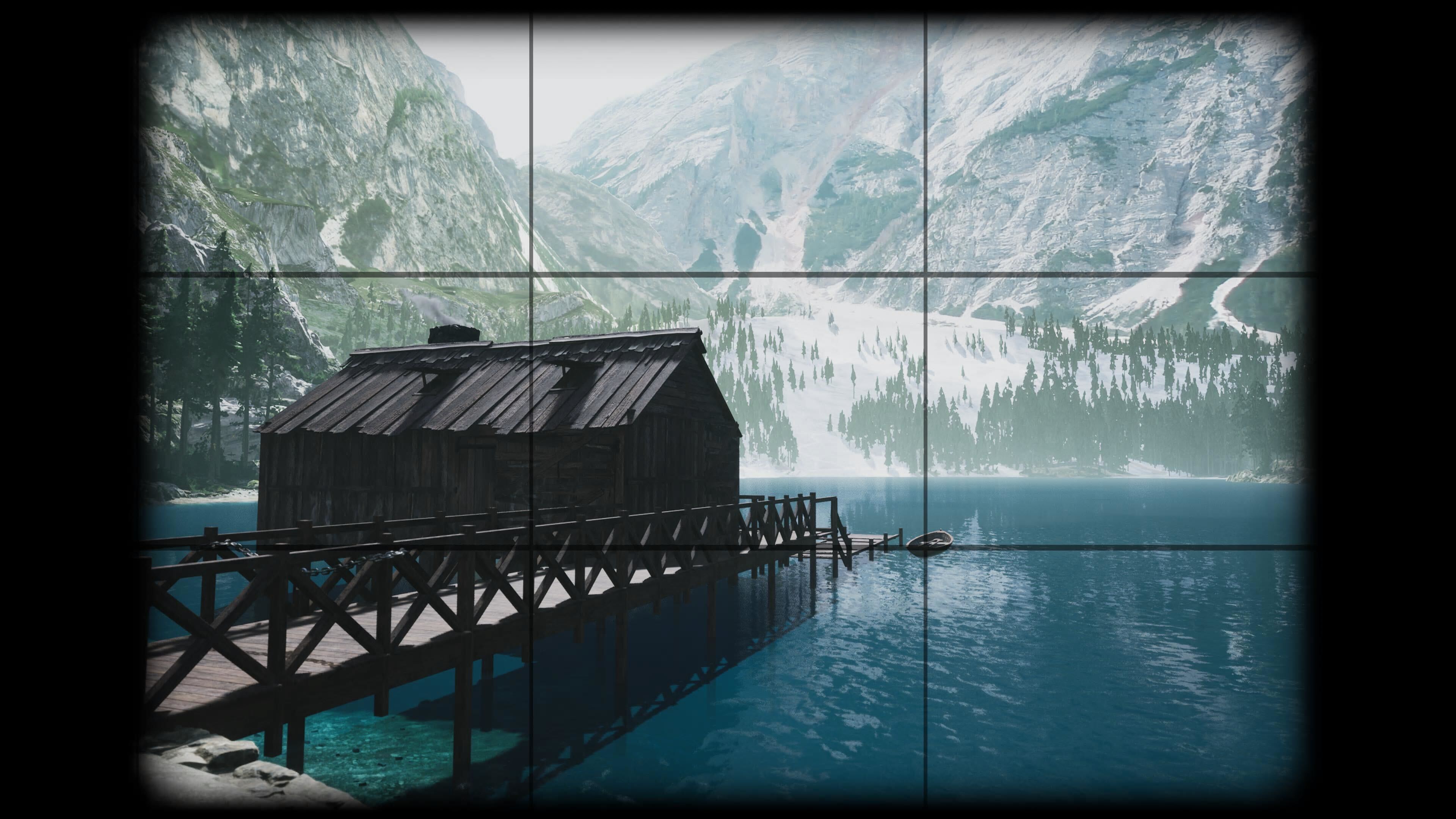As photographers clamor for smaller bodies, is the future of cameras more compact?
Are spiking sales of small cameras showing photographers are favoring size over specs?

Small cameras are making a big comeback. Spikes in sales across brands show that photographers are clamoring again for reasonably sized cameras. Are we finally shrugging off the old mantra that bigger is better? I for one, certainly hope so.
No, this isn’t another story about the indomitable Fujifilm X100VI, although as the latest poster child for the compact revolution, it has done a lot to promote smaller bodies, and it may unconsciously be playing a major role across the market as creatives look to other cameras rather than wait out the months-long backlog of orders.
According to insights provided to DCW by UK camera retailer Wex Photo Video, several other smaller mid-range cameras have seen noteworthy rises in popularity over the past month, suggesting there is a growing trend for more pocket-friendly options.
Cameras that are seeing sizable bumps in popularity include the X100VI’s cousin, the Fujifilm X-S10, an older but still incredibly capable camera, that offers the same Fuji film simulations that have made the X100 series stratospherically popular. Similar-sized Sony cameras have also become extremely popular including the Sony a6700, Sony ZV-E10, and others in Sony's ZV series.
Fujifilm X-S10 + XF 16-80mm lens | was £1,399 | now £1,199
The Fujifilm X-S10 body has now sold out, but there is still time to grab a deal on a kit, with the XF 16-80mm lens or the Fujifilm X-S10 + XF 18-55mm lens (also £1,999) both offering some pretty nice savings at Wex right now.
Sony ZV-E10 | was £669 | now £499 (with cashback)
For something more video-centric, the ZV-E10 is directly discounted for immediate savings and has an additional £100 cashback from Sony (although you will need to claim that back later).
There isn’t any obvious turning point for the success of small cameras. After the pesky mirror box stopped holding back camera design, Olympus and Panasonic released some wonderfully tiny Micro Four Thirds (MFT) cameras. Although successful, these cameras never quite effected lasting changes in camera design, with even the latest MTF cameras no longer that small. In fact, if you look at the latest Panasonic cameras, the MTF Lumix G9 II is exactly the same size as the full-frame Lumix S5II.
So why the small camera resurgence? It could be the use case for cameras has changed dramatically – cameras now service transient social media pages and websites, where size, speed, and ease of use are the essential factors – as well as being seen with the right camera.
Small cameras are also better than ever. With cameras squeezing bigger sensors, incredible autofocus, in-body image stabilization, and ever-increasing megapixel counts into smaller bodies, why go to the effort of carrying more equipment than necessary for diminishing returns?
Get the Digital Camera World Newsletter
The best camera deals, reviews, product advice, and unmissable photography news, direct to your inbox!
Larger cameras are certainly not going anywhere, the Nikon Z8 and Canon EOS R5 continue to be top performers, and for professional photographers, a camera with a chunky grip that pairs well with huge lenses is integral to the job. But for consumer cameras, we may see a lot more pocket-friendly options in the near future.
Check out more of the latest small cameras in our guide to the best compact cameras, or if you want something truly tiny, check out the best point-and-shoot camera.

Gareth is a photographer based in London, working as a freelance photographer and videographer for the past several years, having the privilege to shoot for some household names. With work focusing on fashion, portrait and lifestyle content creation, he has developed a range of skills covering everything from editorial shoots to social media videos. Outside of work, he has a personal passion for travel and nature photography, with a devotion to sustainability and environmental causes.


